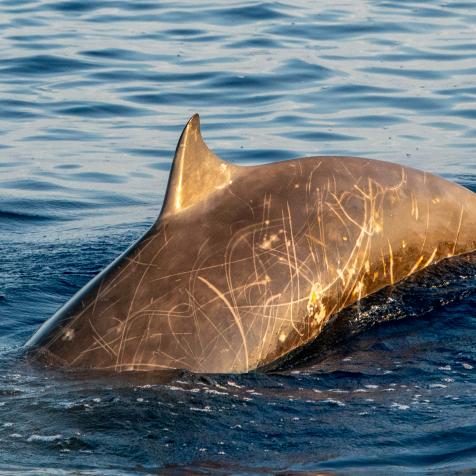
GettyImages/Maureen P. Sullivan
Big Sur Condors, A Conservation Comeback Story
Condors once ranged from Baja California all the way to British Columbia. But, in 1987, the last wild California condor was taken into captivity in order to preserve the species. Now, thanks to a breeding program in central California, the condors are finally returning to their natural habitat in Big Sur.
Condors once ranged from Baja California all the way to British Columbia. But, in 1987, the last wild California condor was taken into captivity after decades of shooting, poisoning, and habitat destruction led to the birds’ decline.
A total of 27 California condors were kept in captivity in order to preserve the species. Now, thanks to a breeding program in central California, the condors are finally returning to their natural habitat in Big Sur. A 10-year effort is underway to bring the bird back from extinction in the wild, spearheaded by the Ventana Wildlife Society.
There are two species of condors; the Andean condor, which inhabits the Andean mountains, and the California Condor, which is the largest North American land bird. It has black plumage with white patches on the underside of its wings, a largely bald head, and at 3 meters (8.8 feet) has the widest wingspan of any North American bird.
“The condor is going to be one of the biggest comeback stories of all time,” says Kelly Sorenson, executive director at the Ventana Wildlife Society. “It is important to reintroduce California Condors back to nature to restore a balance but for me, it is more about fixing something that was broken.”
Following the success of reintroducing bald eagles into the wild, the Ventana Wildlife Society was asked by the US Fish and Wildlife Service to join the California Condor Recovery Program in an attempt to bring the condor back. The society focuses on Central California, where there is a natural habitat suited to the birds. The condors are now seen throughout the mountains, coastal canyons, and valleys of Big Sur, and the society, along with a number of California zoos, is working to boost numbers even further.

GettyImages/Mark Miller Photos
Sorenson says he is proud he and his team have had a “big influence” in results in the field, and says although the species is still classed as endangered, the recent results are so encouraging that the society is looking to expand its project.
“Zoos are working to raise more for release and Ventana Wildlife Society is gearing up to release more to the wild.”
The biggest challenge that conservation teams working to reintroduce the birds have faced are persuading hunters and ranches to switch from lead to copper ammunition – lead poisoning was one of the main causes of decline in population.
“To a lesser extent, problems associated with overhead powerlines causing condor fatalities by electrocution and/or collision has tested us,” he continues. “But working with Pacific Gas and Electric Company we have reduced condor deaths to almost nil.”
The birds that are bred in captivity are trained to avoid power lines and people, while a bill introduced in California in 2008 called the Ridley-Tree Condor Preservation Act requires hunters use non-lead bullets.
As of the end of 2018, the California Condor population was at 488, of which 312 are free flying in the wild. The other 176 are in zoos, largely for breeding purposes. In Central California, there are almost 100 in the wild.
At the moment, a combination of the birds’ low clutch size – it only has one young per nest – and a late sexual maturity age means the species is vulnerable to population decline. The society is focused on bringing the condors back to Central California to a point where the population is entirely self-sufficient.
“We’ve done a lot of work to develop release techniques,” Sorenson adds. “And we are committed to finishing the job.”


















